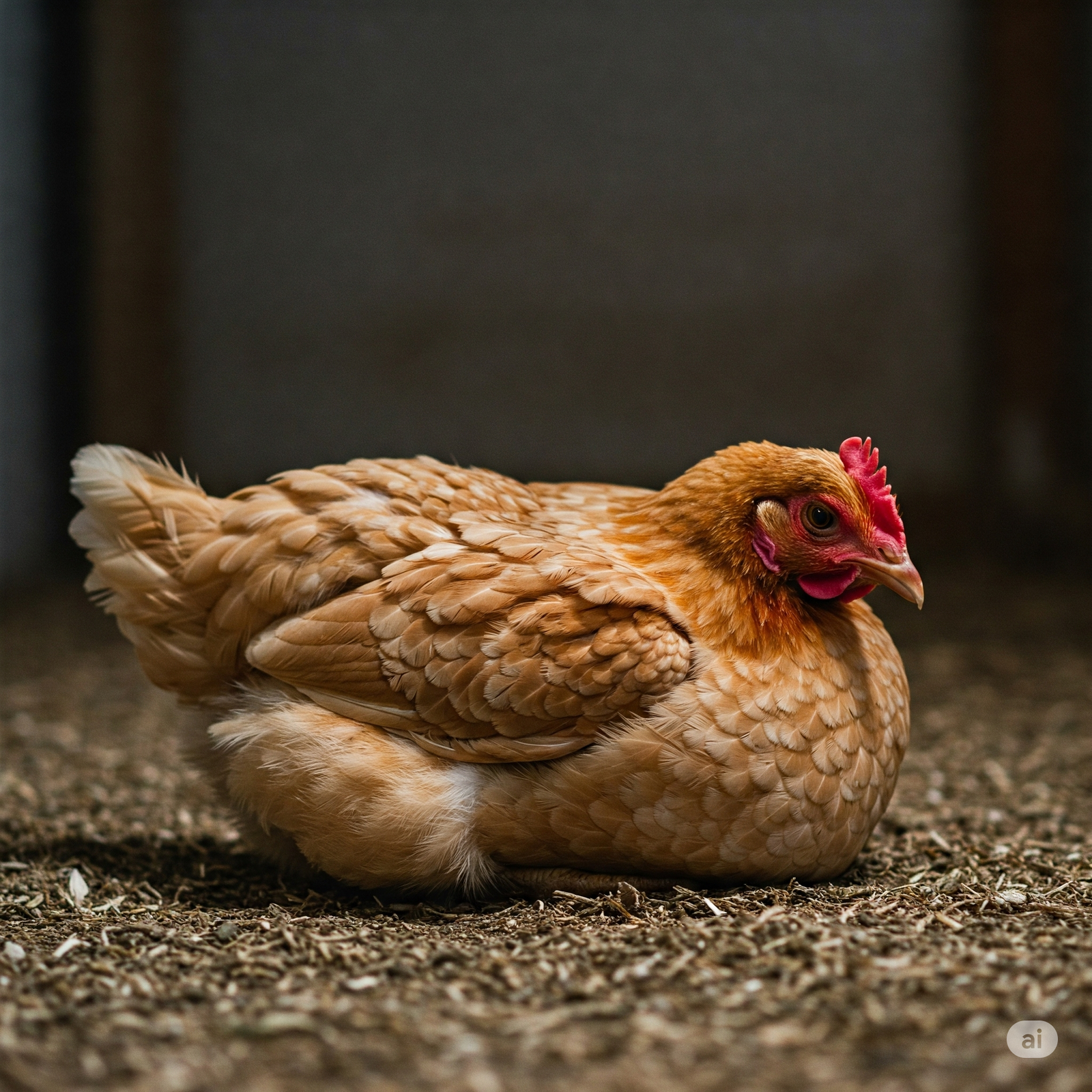At first, it doesn’t seem like much.
Just a few birds hanging back during feeding time. A little more feed left in the pans than yesterday. They’re not crashing or coughing—not enough to raise an alarm. But birds become lethargic, and feed intake slows subtly. It’s easy to chalk it up to weather, a minor shift in the feed, or just a “slow day.”
But in broiler farming, there’s rarely such a thing as “just a slow day.”
Subtle = Serious
In the tightly compressed life cycle of a broiler, every 24 hours matters. When feed intake declines even slightly, it’s often a signal—not the problem, but the smoke before the fire.
- Lethargy is the bird’s way of conserving energy. But what’s causing the drain?
- Reduced feeding activity could mean gut discomfort, early viral stress, ammonia irritation, or a reaction to feed change.
And if it’s more than a day or two, you’re already paying for it—just not on paper yet.
The Invisible Timeline
Let’s break it down:
- Day 1: Feed intake dips. The gut doesn’t get the nutrients it needs for optimal immunity and growth.
- Day 2–3: FCR starts rising, quietly. Weight gain slows, but it’s too early to notice visibly.
- Day 4–6: You start to see unevenness. Some birds recover, others lag—setting the stage for grading issues at harvest.
- Day 7+: Secondary infections may opportunistically enter. You’ve lost not just growth, but margin.
The tragedy? Most of this could’ve been avoided if that early lethargy was treated as a warning, not a shrug.
So, What Should You Watch For?
Here’s what to train your eye (and team) to catch early:
- Birds not rushing to feed like usual after lights-on
- Lingering around waterers but not drinking actively
- Increased sitting posture in mid-morning hours
- Feeder residue climbing by even 5–10%
- Soft vocalizations, signs of discomfort, or subtle panting even without heat stress
Why This Happens
Slowed feed intake is rarely random. It’s often linked to:
- Subclinical enteritis (mild gut inflammation with no obvious diarrhea)
- Viral loads building without visible symptoms (like early Infectious Bronchitis)
- Shifts in feed composition or pellet quality
- Temperature/humidity spikes overnight causing stress
- Waterline contamination or flow issues
Each of these may not justify a panic—but together, they form a pattern. A pattern that smart poultry operations learn to spot early.
What You Can Do
- Track feed clean-up time daily, not just feed quantity.
- Set thresholds for concern (e.g., >8% feed residue two days in a row).
- Use gut resilience enhancers or natural functional additives during transition periods.
- Perform early field checks at pre-dawn or post-light-on times—not just noon rounds.
- Listen to the barn—bird activity, sound, and behavior are your first diagnostic tools.
Conclusion: The Cost of Ignoring Subtlety
In broiler production, it’s not the emergencies that cost you the most—it’s the slow leaks. The signs that were there all along but didn’t look big enough to act on.
So the next time you see birds becoming lethargic or feed intake slowing—even just a little—pause. Investigate. Because by the time it becomes obvious, it’s already expensive.

